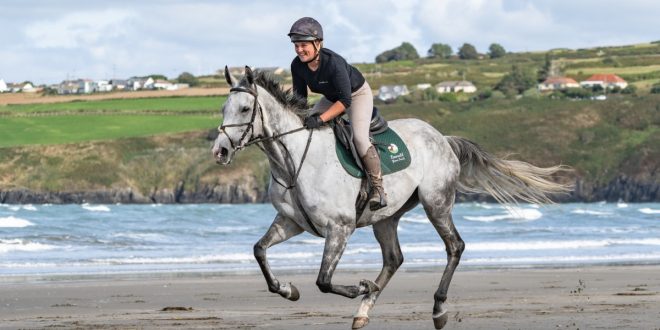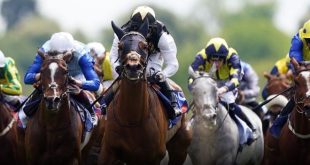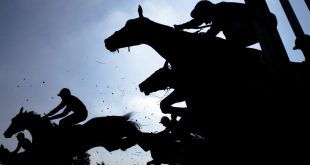British racing’s Horse Welfare Board has released the results of the country’s first Thoroughbred Census.
It was in December 2023 that the BHA made its final call for owners to complete the Census before the end of the year, with the association ultimately receiving 8,256 registrations – of which 5,566 were previously unrecorded.
Undertaken by Hartpury University, the census has disclosed information on the lives thoroughbreds lead after leaving racing, with the new insight confirming the ‘remarkable versatility’ of horses bred for racing as they move into a range of second careers.
In detail, results found that a third are aged 15 years or over, and even more are still with their original owner post-racing. Meanwhile, combined with data obtained from equestrian association bodies, there is now a level of knowledge on an estimated 80% of the former racehorse population.
Dr Neil Hudson MP, the only veterinary surgeon in the House of Commons, commented: “This is a very welcome and crucial step in closing the gap in traceability.
“It is vital that the Government continues to work with the racing industry to implement important initiatives that will improve the welfare of all Thoroughbreds, both during racing, and once they leave the sport. Vital to that will be the progressing of a central Digital Equine Database.”
However, the census did identify gaps in contributions from wider equestrian communities and disciplines. As a result, the Horse Welfare Board, in collaboration with RoR, is now developing tailored plans to ‘better connect’ with these underrepresented groups.
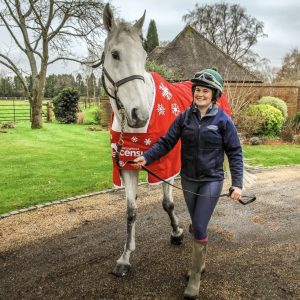
Other recommendations set out by the report to increase traceability going forward include: a repeat Census, developing a mechanism to ensure 100% of horses can be traced at the first step out of racing, a central Equine Database (CED), as well as a Defra Digital Equine ID.
“We are delighted that Britain’s inaugural Thoroughbred Census has enhanced our intelligence on the country’s Thoroughbred population,” added Tracey Crouch CBE, MP and independent member of the Horse Welfare Board.
“The report has also generated valuable recommendations for further improvements, some of which we will be pushing the Government to support.”
Furthermore, data also shows that almost two-thirds (62.9%) of the former racehorse population are aged between five and 14. Roughly a third (31.2%) are aged 15 years or over, including 739 Thoroughbreds aged 20 years or older.
Notably, the census also found that over a third of the horses submitted (38.6%) are still with their original post-racing owner, demonstrating that post-racing owners care for their horses for long periods of time, and racing owners and trainers effectively and carefully select the next step out of racing for their racehorses.
Furthermore, a vast majority (87.3%) of former racehorses have been owned by three or fewer owners, and just under half of the owners have owned at least one thoroughbred previously (43.2%).
The primary source of traceability for all horses in Great Britain is the equine identification document (passport), which new owners of any horse are legally required to update within 30 days of new ownership.
However, data for former racehorses reduces significantly when they go into private ownership after, and beyond, their first step out of racing.
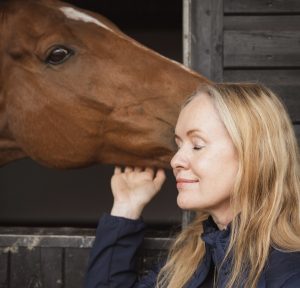
Helena Flynn, Programme Director, Horse Welfare Board, said: “Once retired from racing, these horses move out of the regulated space and into private ownership, and it’s clear that many owners need better education around their responsibility to keep every horse’s ID document up to date.”
She affirmed that the Horse Welfare Board and RoR will now implement a communications plan to ensure owners of former racehorses are made aware, and reminded of, their responsibilities.
Roly Owers OBE, CEO, World Horse Welfare, concluded: “It is encouraging to see the positive strides in intelligence made as a result of the census, as well as the industry’s commitment to achieving complete traceability in the future.
“This is a fundamental goal for the future of the industry, both for the sake of the horses and industry’s reputation in light of the growing licence to operate debate.”
The full report from the BHA is available here.
